This article was originally published in the November/December 2022 Issue of the WatchTime print magazine.
Panerai’s Submersible QuarantaQuattro eSteel, launched in 2022, is an appealingly robust companion for sports and in daily life. It owes its special character to the use of recycled materials and to a new dial with a color gradient that transitions from gray to black.
Everybody’s talking about sustainability nowadays. And for good reason, because manufacturers and customers alike are becoming increasingly committed to this goal. Of course, a watch is a very small product. Straps made of plastic recovered from the ocean and cases made of recycled metals may contribute less to the big picture than using eco-friendly fuels or recycled plastic in the construction industry.
But there is one aspect that should not be overlooked: watches are emotional products and their manufacturers are internationally known brands, which often attract huge fans bases. When a watch manufacturer prioritizes environmental protection and sustainability, the message can reach large numbers of people. Ideally, the brand raises awareness for an issue that affects us all.
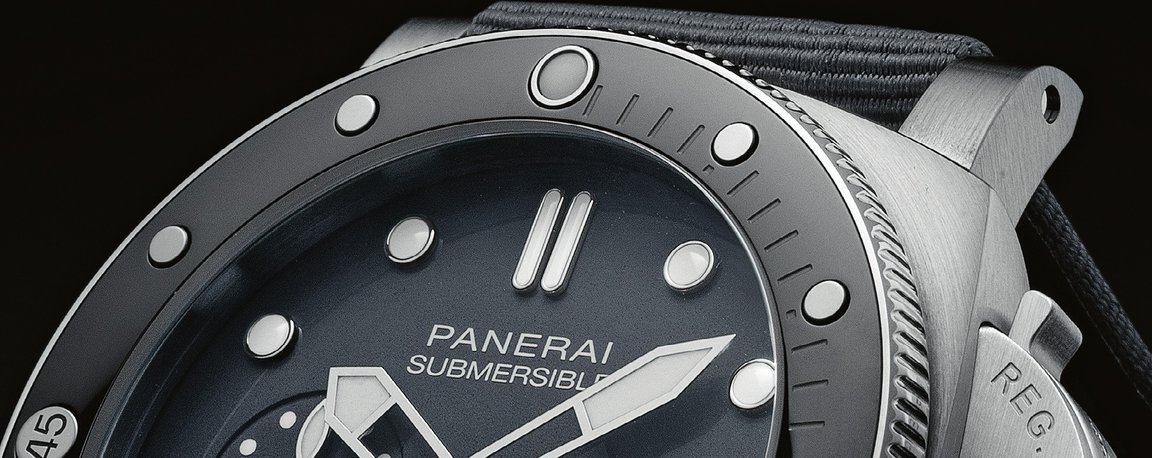
For example, Panerai recently started using cases made from recycled metals. What began in 2019 with the limited edition Submersible Mike Horn Edition PAM00984 made of Eco-Titanium was continued in 2021 with the Submersible eLab-ID PAM01225, in which Eco-Titanium and other recycled materials make up 98.6 percent of the watch’s total weight. Alongside this concept watch, Panerai launched its first watches made from eSteel, also in 2021. Although they contain less recycled content, they’re available in a wider variety of models and in larger quantities.
Recycled materials account for at least 53 percent of the weight of the Submersible QuarantaQuattro eSteel PAM01288 that we examined in this test. Panerai achieves this percentage by using recycled stainless steel in the case and by making the strap from recycled PET. The recycled steel, which is mixed with conventional stainless steel to create eSteel, is sourced from the watchmaking industry and also from other industries. According to Panerai, using eSteel significantly reduces CO2 emissions in the production of watch cases.
At Panerai, efforts to achieve sustainable production methods are combined with other sustainability efforts. For example, since 2012, the brand has been a certified member of the Responsible Jewelry Council, the standardization organization for the jewelry and watch industries that focuses on corporate ethics and responsible supply chains. Panerai also organizes plastic collection days and supports the Imibala Trust, which works with school-age South African children from impoverished families, as well as various organizations that have been recommended by Panerai’s employees.

Each watch fan must decide for himself what importance to attach to these corporate sustainability approaches and how strongly they will influence his purchasing decisions. But what can be determined objectively are the stylistic advantages of our test watch. Its dial is new to the Submersible collection and features a handsome color gradient that transitions from gray at the 12 to black at the 6. Together with the ceramic bezel, which, for the first time, is polished, the result is an attractive mix of sportiness and elegance.
Also new is the 44-mm diameter that gives this model its Italian name. The new size fills the gap between 42- and 47-mm Submersibles. The watch is 13.3 mm in height, which is not only appropriate for an eye-catching sports watch, but also guarantees good proportions and a comfortable fit.
Caliber P.900 combines moderate dimensions and a 3-day power reserve. Panerai introduced this automatic movement in 2019 inside its slim Luminor Due line, later used it in the 42-mm Submersible, and now also uses it in the new 44-mm version. The P.900 movement is just 28.2 mm in diameter and an appealingly slim 4.2 mm in height.
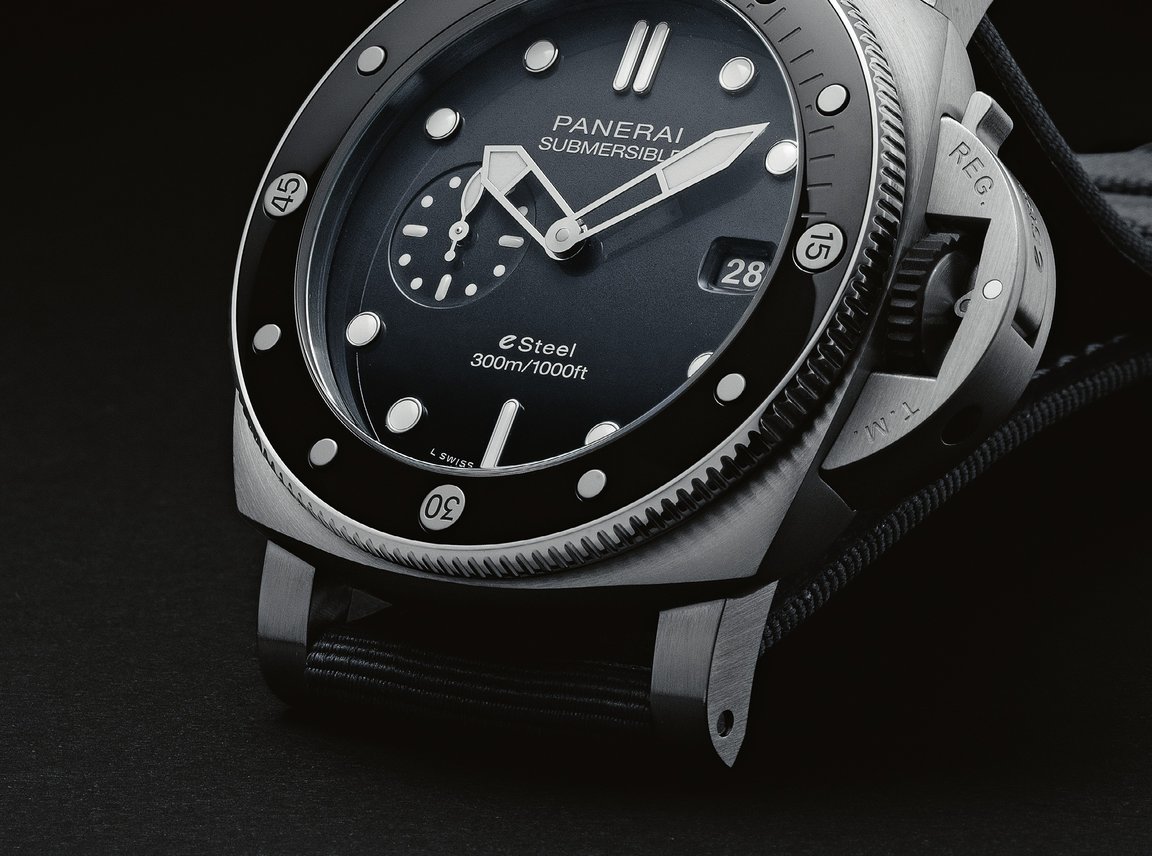
The P.900 movement was designed by Manufacture Horlogère ValFleurier, which, like Panerai, belongs to the Richemont luxury group. Founded in Val-de-Travers in 2005, Horlogère ValFleurier develops and produces selected calibers for various brands in the Richemont group. Caliber P.900 is based on a movement that is also supplied to other members of the group. IWC, for example, uses it for the Caliber 32110/32111, Baume & Mercier for the Baumatic. Panerai’s version comes with the same long-lasting 3-day power reserve, but without a stop-seconds function for exact time setting and elaborate surface decorations. In addition, the minute hand jumps about 2 minutes backward when the crown is pulled out on the model we tested.
A very simple mechanism is installed to finely adjust the rate. The active length of the hairspring can be altered by manually shifting the position of the hairspring key. Our rate test accordingly discovered mixed results. An electronic Witschi Timegrapher found that our test watch ran too slowly with a daily loss of 4.5 seconds, but the maximum difference among the individual positions was a reasonable 8 seconds per day.
The closed caseback is acceptable in view of the simplicity of the movement behind it. Panerai adorns the back with an engraving of an SLC, siluro a lenta corsa, or “slow-moving torpedo” in English. The Italian Navy developed the SLC in 1935 as a manned torpedo and used it primarily for sabotage missions targeting enemy ships during World War II.
The sturdy, fully threaded caseback makes a rugged impression, as does the patented crown guard, which has a lever that must first be opened before the crown can be pulled out to set the time. This hinged component already existed in the late 1940s, quite early in Panerai’s history as a maker of timepieces for navy frogmen. The system doesn’t seal the winding button any better than a screw-in crown, but it has the advantage that an open lever immediately catches your eye, so you won’t jump into the water with the crown pulled out. A rubber ring surrounds the crown, which makes the button easier to pull out and turn. Afterward, you push the crown firmly into the case by pivoting the lever, which is engraved with the name “eSteel” on watches made from this environmentally friendly alloy.

The functional advantages of the special crown-protection mechanism are undeniable. But more important is the fact that the pivoting lever gives an unmistakable look to Panerai’s watches. Together with the cushion-shaped case and the sandwich-style dial used on many models, the distinctive lever guarantees that a Panerai (Luminor) is instantly recognizable even from a great distance.
However, the Submersible models do without the traditional sandwich-style dial, which is one of Panerai’s three decisive features. In its place, applied markers are used, which like the hands and hour markings, are filled with plenty of luminous material. Most of the indicators shine in Panerai’s characteristic Super-Lumi-Nova green, but the minute hand and the dot at the 12 on the bezel emit a blue glow. This luminescence makes it easy to read the time at night or under water. But while the time is clearly legible, the bezel remains dark except for the large circular zero dot, and there are only individual minute markings for the first quarter hour.
The high price of this watch raises a familiar question: Who would go for a dive while wearing a watch that costs more than $10,000? It doesn’t matter whether the case is made of conventional stainless steel, eSteel or titanium, it is certain to get scratched if it scrapes against diving equipment, a coral reef or a sunken ship. In most instances, an expensive timepiece like this one is more likely to be worn as a luxury item than as a professional timekeeping instrument for divers.

When you wear the Panerai Submersible, if daily life gets a bit rough, you don’t have to do without your luxury watch. Its toughness is ensured by the scratch resistance of its sapphire crystal and ceramic bezel, the pressure resistance of its case of up to 30 bar, and its two durable straps. One is made of recycled PET with a lining and perforated leather reinforcement. If you decide to wear this watch while swimming, you should replace the PET strap with the additional rubber strap that comes with the watch. Each strap can be easily removed by pressing down on the latches on the underside of the strap lugs with a special tool, which also comes with the watch, until the two very sturdy bars slide out of the metal sleeves that are sewn into the strap.
This sturdy and easy-to-use system also protects the watch from the scratches that would be a threat if you used a strap-changing tool to open conventional spring bars. The only downside is that Panerai includes only one of its large format pin buckles, so this must be separately removed and attached to the new strap with the aid of a screwdriver, which is also included.
After taking a long look at our test watch, we can summarize its pros and cons. First the pros: the watch looks good, runs for a long timespan of three full days, is comfortable to wear, is easy to read, and embodies Panerai’s sustainability approach, which is in harmony with the spirit of today. But it deserves criticism for its comparatively unadorned movement and less-than perfect satin finishing on the case above the strap lugs. And while these are minor blemishes, they shouldn’t be found on a watch with a price of $10,900.
To learn more about Panerai, click here, and to subscribe to the WatchTime print magazine, click here.



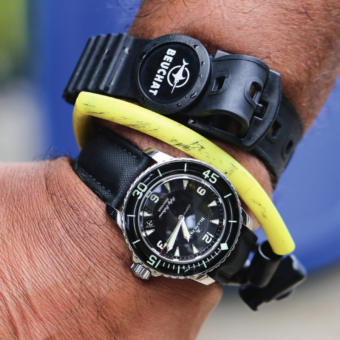
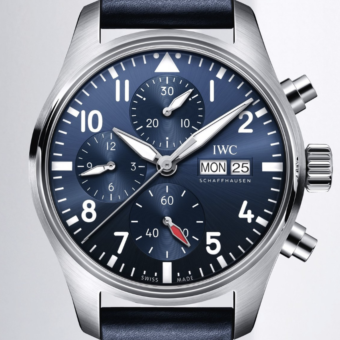
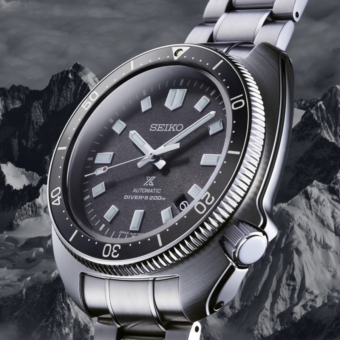
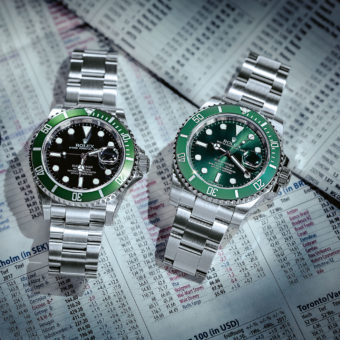
“Using eSteel significantly reduces CO2 emissions in the production of watch cases.” Thank God! Our planet is saved! But I was wondering about diversity, equity, and inclusion, biting my nails in fear. Then I read this: “The recycled steel…is mixed with conventional stainless steel to create eSteel,” There’s the inclusion. Now if the skin pigmentation of the watch makers reflects the percentages found in the world, I’ll buy one.
I get your point, LM, most watch enthusiasts aren’t buying a particular brand, or avoiding one, based on DEI practices or clean, environmentally sustainable manufacturing methods.
Besides, there are countless nasty industrial practices, carbon fuel consumption and general waste compared to which the watch industry isn’t even statistically relevant.